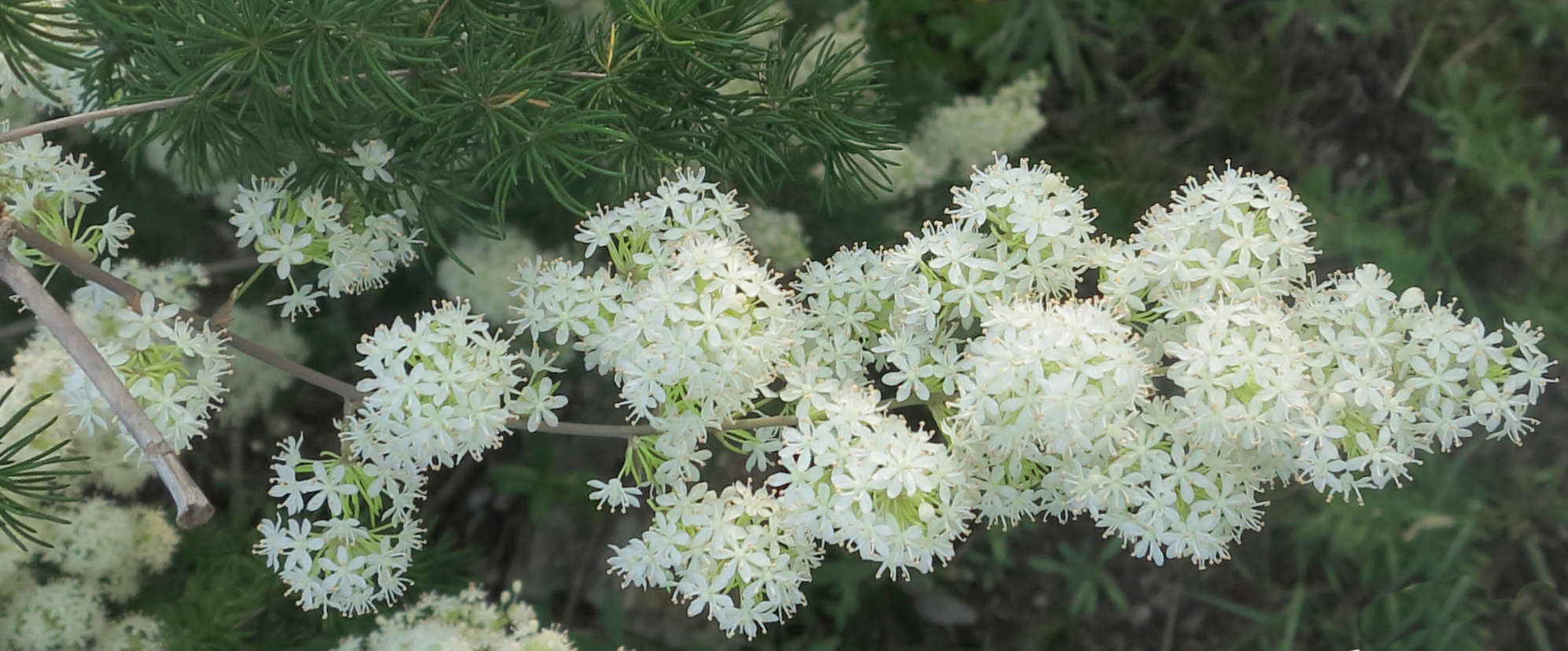Asparagaceae.
The Asparagus family.
In discussing Asparagaceae it is necessary to say which of 2 families it refers to.
The original, strictly defined family Asparagaceae (s.s. sensu stricto), in the
Order Liliales, contained the Asparagus genus.
It, and other families have been moved to the order Asparagales and placed in a new,
loosely defined Family Asparagaceae (sensu lato s.l.).
The families moved have been reduced to subfamilies many names have been changed.
Family Asparagaceae s.s., is now the subfamily Asparagoideae, with Asparagus and 1 other genus.
Family Agavaceae, now subfamily Agavoideae, includes Agave, Hosta and Yucca.
Family Laxmanniaceae, now subfamily Lomandroideae (Cordyline and Lomandra).
Family Ruscaceae, now subfamily Nolinoideae (Dracaena, Liriope, Nolina and Sansevieria).
Family Hyacinthaceae, now subfamily Scilloideae (Eucomis, Hyacinthus and Muscari).
The other 2 subfamilies are Aphyllanthoideae and Brodiaeoideae.
This classification, now commonly used, is not universally accepted and this results
in a range of figures for genera and species.
Family Asparagaceae s.l.
There are 115 to 153 genera with 2,500 to nearly 3,000 species.
With such a large family there are no common morphological features shared among them all.
Inclusion may depend more on criteria such as genetic analysis.
Plants can be herbs, shrubs or vines growing from fibrous or tuberous roots, bulbs or rhizomes.
The simple leaves are usually alternate, rarely opposite or whorled.
There is usually no petiole and the blade may sheath the stem.
Leaves can be normal or very reduced, sometimes to scales with photosynthesis transferred to
modified stems (cladodes). Some have thorns.
Inflorescences can be a solitary flower or branched or unbranched clusters.
They are terminal or axillary and there may be bracts.
Flowers can be bisexual or unisexual and the plants hermaphrodite, male or female.
Flowers, white, green or yellowish, have parts in 3’s.
Sepals and petals may be similar or different, and free or joined.
The 6 stamens, in 2 whorls, are free or fused.
The usually superior ovary has 3 locules with 1 to many ovules in each.
There is usually a single style (occasionally 3) with 3 stigma lobes.
The fruit can be a capsule or a berry that is often red, black or blue.
The round or flattened seeds are often black and are occasionally winged.
J.F.


